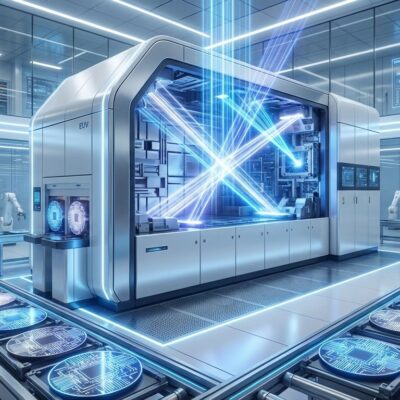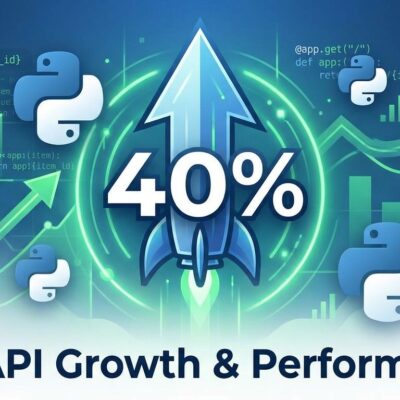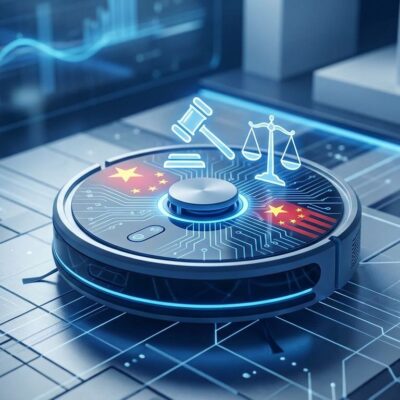
Amazon is cutting more than 100 software developer jobs in San Diego as part of 14,000 nationwide corporate layoffs, and CEO Andy Jassy has explicitly linked these cuts to AI automation. In a June 2025 memo, Jassy told employees the company expects AI to “reduce our total corporate workforce” through “efficiency gains.” This is not speculation. It’s a direct admission from one of tech’s biggest employers that AI tools are enabling them to do more with fewer people. The question is no longer whether AI is impacting developer jobs. It’s how fast, and who’s most at risk.
Amazon’s Layoffs Are Real and AI-Driven
The numbers tell a stark story. Amazon is laying off 145 workers in San Diego, with software development engineers making up the largest category. These cuts are part of a nationwide reduction of 14,000 corporate workers, including 6,000 engineers. Since 2022, Amazon has eliminated more than 27,000 positions.
What makes these layoffs different is what Jassy said in his internal memo. “We will need fewer people doing some of the jobs that are being done today,” he wrote. “In the next few years, we expect that this will reduce our total corporate workforce as we get efficiency gains from using AI extensively across the company.”
This is the first major tech CEO to publicly connect layoffs to AI automation. It’s not market conditions or restructuring. It’s stated AI efficiency gains. Jassy’s memo focused on AI “agents” capable of writing code, finding anomalies, and handling research tasks that previously required human developers.
AI Coding Tools Can Replace Developers
The tools backing up these efficiency claims are not theoretical. GitHub Copilot makes developers complete tasks 55.8% faster, according to research studies. In August 2025, GitHub rolled out GPT-5 integration across its Copilot platform, bringing major improvements in reasoning and code quality. Meanwhile, 30% of Microsoft’s codebase is now AI-written.
Here’s the uncomfortable math: If one developer with AI tools can do the work of 1.5 developers, do companies need 1.5 developers or just one? Amazon, Microsoft, and others are choosing the latter.
Claude Opus 4.5 recently hit 80.9% on SWE-Bench, a benchmark that tests AI’s ability to solve real GitHub issues. These tools don’t need to be perfect to reduce headcount. They just need to make existing developers productive enough that companies need fewer of them. That threshold has been crossed.
Junior Developers Are Getting Hit Hardest
The data shows a clear pattern. New graduates now represent just 7% of Big Tech hires, down 25% from 2023. IT sector unemployment jumped from 3.9% to 5.7% in a single month earlier this year. Entry-level roles face what hiring reports describe as “fierce competition.”
Anthropic CEO Dario Amodei predicts AI could eliminate 50% of entry-level white-collar jobs within five years. Companies now test job applicants with GitHub Copilot during interviews, assuming AI tools will be standard equipment. The traditional path from junior to mid to senior developer is breaking down. If AI handles routine coding tasks, how do new developers gain experience?
The market is bifurcating. High-skill roles in AI/ML engineering, cybersecurity, and software architecture remain hard to fill. But routine coding work, maintenance tasks, and entry-level positions are being automated. The middle is disappearing.
Some Developer Roles Remain Safe
Not all developer jobs face the same risk. The Bureau of Labor Statistics projects 33% growth for cybersecurity roles through 2033. Demand for AI and machine learning engineers has doubled over the past three years. Data scientists face a projected 414% growth rate through 2035.
The roles surviving AI automation share common traits. They require complex system design, security expertise, and creative problem-solving that AI tools cannot yet replicate. Software architects, DevOps engineers, and cloud infrastructure specialists remain in high demand because their work involves orchestration, strategy, and judgment calls that go beyond code generation.
The shift is from “writing code” to “orchestrating AI and solving complex problems.” Developers who adapt to this new model have strong job security. Those who compete directly with AI on routine coding tasks do not.
This Is a Reset, Not the End
Developer jobs are not going extinct, but they are transforming. The era of developers spending time on boilerplate code, repetitive tasks, and routine maintenance is ending. The era of AI-augmented engineers focused on architecture, strategy, and complex problem-solving is beginning.
The World Economic Forum estimates AI will displace 85 million jobs by 2025 but create 97 million new roles, a net gain of 12 million positions. Research suggests up to 80% of programming jobs will remain human-centric, though the requirements are changing. Meta’s prediction that AI would reach “mid-level engineer” capability by 2025 has proven accurate.
What should developers do? First, learn AI tools deeply. GitHub Copilot, Claude, and GPT-5 are not optional anymore. Second, focus on skills AI cannot replicate: system architecture, security expertise, business strategy, and creative problem-solving. Third, stay adaptable. This transformation is ongoing, not a one-time event.
Amazon’s layoffs are a warning. They will not be the last company to explicitly tie workforce reductions to AI automation. The companies and developers who recognize this shift early will adapt. Those who wait will find themselves competing for fewer positions in a shrinking market for routine coding work.
—










